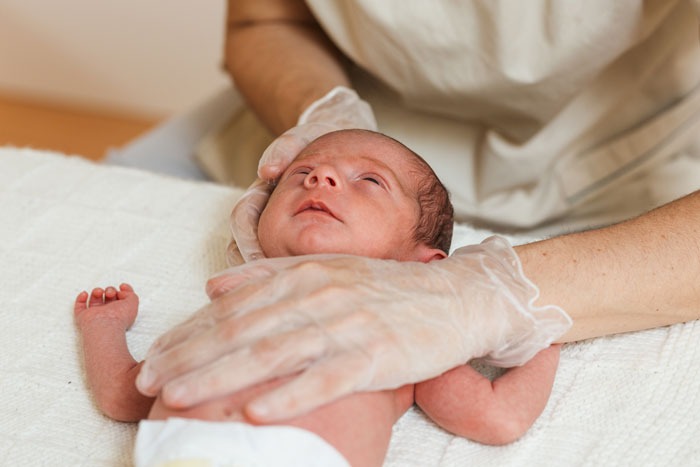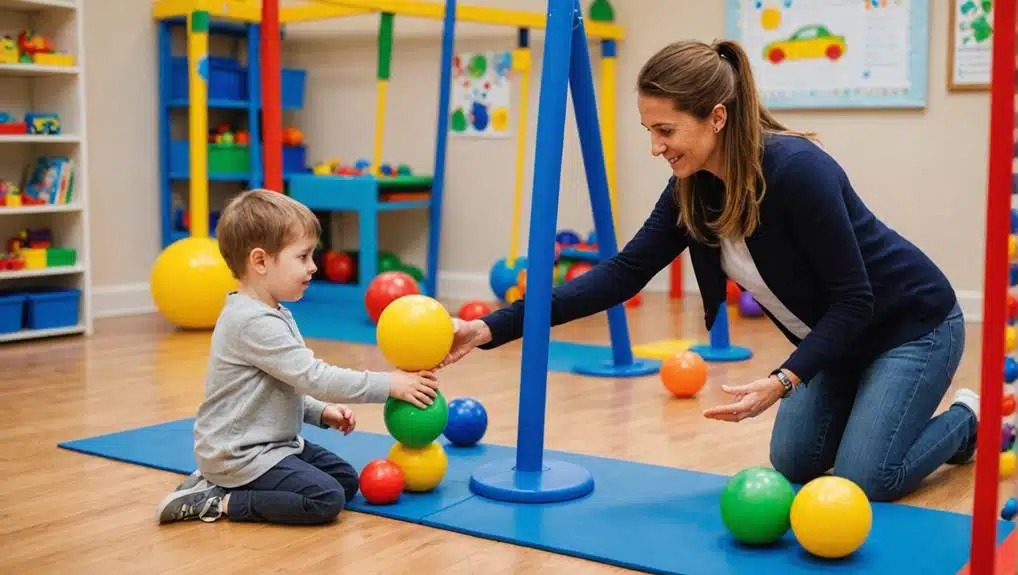Watching the transformation in a tiny, fragile newborn just beginning their journey often reaffirms the profound impact early intervention can have. These infants, born under challenging circumstances, carry immense potential that simply needs the right nurturing and expert guidance from the very beginning. The first few years of life are a critical window—an opportunity to shape their future by providing targeted therapies that support neurological and physical development. When we recognize the signs early and act swiftly, we give these little warriors a fighting chance to reach their full potential, enabling them to lead healthier, more independent lives.
What Constitutes High-Risk Infants?
High-risk infants include those born with conditions like Hypoxic-Ischemic Encephalopathy (HIE), Respiratory Distress Syndrome (RDS), Low Birth Weight (LBW), and preterm birth. These babies often face immediate health challenges—difficulty breathing, low oxygen levels, weak muscle tone, or underdeveloped organs. For example, a preterm infant born at 28 weeks may have underdeveloped lungs and immature nervous systems, which can lead to delays in motor milestones and sensory processing issues. Similarly, infants with HIE, who have experienced oxygen deprivation during birth, are at risk of neurological damage that can impact movement, cognition, and overall growth.
These conditions are more than just medical diagnoses; they are signals indicating the need for vigilant, specialized care to support their development during the most critical early years.
The Power of Neonatal Screening
In my practice, I cannot stress enough the importance of neonatal screening. Early assessments after birth can identify risk factors and subtle signs of developmental compromise—such as poor muscle tone, abnormal reflexes, or delayed responses—that might otherwise go unnoticed. This early detection creates a window of opportunity, allowing us to tailor intervention strategies that can significantly alter a child's developmental trajectory.
I remember working with a child, Anaya, who was born preterm at 30 weeks. Initially she appeared perfectly healthy, but subtle signs of decreased muscle activity were observed in his neonatal assessments. With early physiotherapy, we focused on gentle muscle activation and motor skill support. By the age of two, Anaya was walking independently and engaging confidently with peers—proof that early intervention can truly change lives.
Why Early Physiotherapy Matters
When a high-risk infant is identified, the window for intervention is as wide as it is critical. Early physiotherapy helps stimulate neural pathways, support muscular development, and encourage the achievement of key milestones—sitting, crawling, walking. The human nervous system is incredibly plastic during infancy, meaning that with targeted therapy, we can promote neurodevelopmental recovery, even in cases of significant initial risk.
In my approach, I personalize every therapy plan. For some infants, I employ gentle, play-based exercises that promote trunk control and balance. For others, respiratory physiotherapy is essential to help strengthen breathing muscles and improve oxygenation. The goal is always to support the child's natural growth potential, not to push but to nurture.
The Long-Term Benefits
Timely intervention minimizes the risk of persistent developmental delays, behavioral issues, and physical disabilities. It enhances not only physical abilities but also cognitive and emotional well-being, laying a foundation for lifelong independence. I have witnessed children, who initially showed signs of severe delay, blossom into confident, functional young individuals simply because they received focused, early physiotherapy.
My Role as a Pediatric Physiotherapist
As a physiotherapist with years of experience working with high-risk infants, my approach is deeply rooted in individualized care. Each child is unique, and I believe in listening—listening to their needs, their parents’ concerns, and their subtle cues. I combine my expertise in neonatal assessment with a compassionate, family-centered respect, guiding parents as active participants in their child's recovery journey.
In conclusion, I want every parent to understand that early physiotherapy is more than just treatment; it’s a gift of opportunity. When we act promptly, armed with expertise and compassion, we can make a profound difference—helping our most vulnerable little warriors reach their full potential. Let’s give them the best start in life—because every child deserves that chance.



Add a Comment